Digital or Printed Newsletter Design? – Not complete opposites
When it comes to newsletter design, and other comms materials, there has been constant debate in the last few years on the pros and cons of print vs. digital. Is print still relevant?
Could a digital newsletter be perceived as more informal, and is that a good or a bad thing? Of course it all depends on a variety of factors: budget, timescales, type of audience, and your objectives. And still taking all those factors into account, one key concept to keep in mind when considering a printed or a digital newsletter is that you shouldn’t see them as complete opposites.
We’ve all heard it before: “print is dead… isn’t it?”, “digital is cheaper and quicker”. It sounds then like you should banish any printed communications from your plans and rely on a digital newsletter design to tell your stories. But it’s not necessarily that clear cut, so let’s see why.
“Print is dead… isn’t it?”
Print is still very much alive and extremely relevant. Looking at Direct Mail specifically, a recent study by Royal Mail1 found that over 92% of direct mail packs get opened. In a predominantly digital world – at work and at home – audiences are intrigued and captivated by print.
With fewer or no distractions, print can help you create differentiation in a sea of digital communications (a DMR2 study revealed that on average a business professional receives 121 emails a day), and a print format may carry your brand and message in more meaningful ways.
Print has more visibility, it appeals to the senses and it stimulates them, and depending on your message and goals, we’d go as far as to say that print can have more substance.
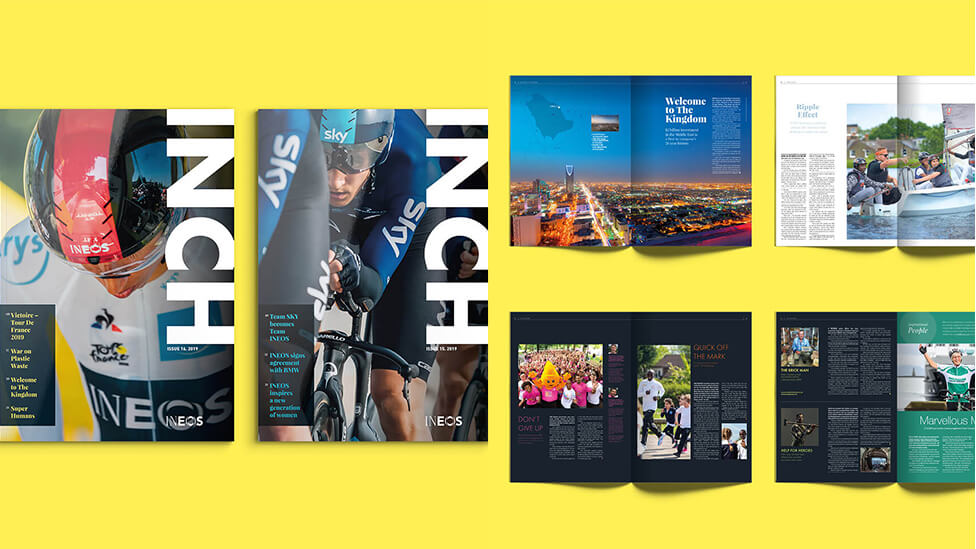
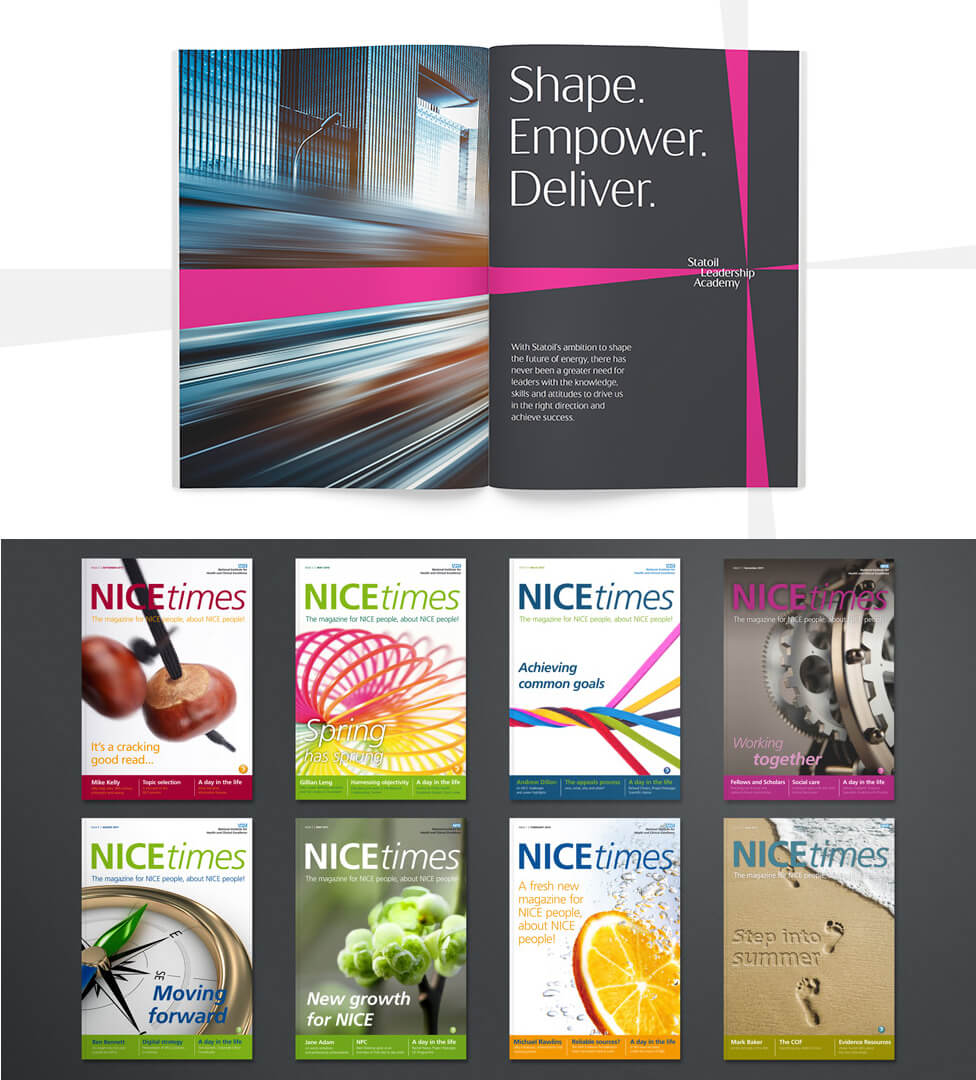
A printed newsletter will often let you tell more stories, and more in depth. A printed versus a digital newsletter can also give you more credibility, so it’s particularly worth considering if you’re targeting an external audience, or to support a new company-wide internal communications initiative.
Go a step further and call it company magazine, and the shift in perception will be instant: from what many may consider a potentially uninspiring piece of corporate communications, to one that triggers a much more positive reaction. The word magazine brings with it images of time at leisure, sitting back, taking it all in, and eagerly waiting for the next issue to drop.
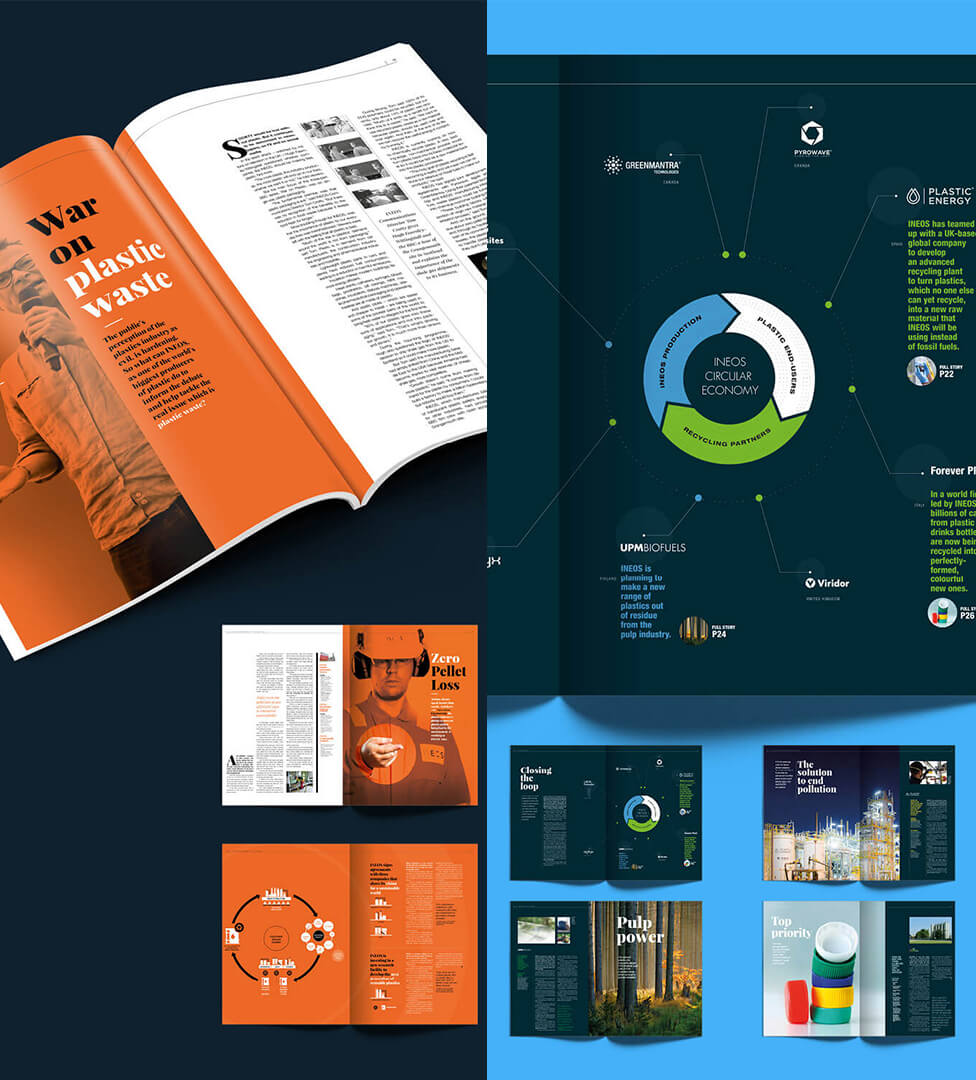
“Digital is cheaper and quicker”
There are also many advantages to choosing a digital newsletter over a printed one. Digital can be cheaper to run and give you quicker speed to market, and if yours is a sustainability-conscious organisation, a printed newsletter may well be out of the question from the start.
Without having to build print and delivery costs into the equation, a digital newsletter can reduce your costs straight away. Thanks to being able to track and monitor results as soon as you’ve hit Send (open rate, click through rate, response rate…) your initial investment will go further as you’ll be able to optimise straight away, whether it’s for the next issue, or a second or third mailing of the same campaign if you’re testing variables such as From name, Subject line, content, design or CTAs.
Another advantage of a digital newsletter is personalisation, immediately connecting and engaging audiences. Particularly key for big organisations, there is also a wider and more consistent reach with a digital newsletter, allowing you to communicate corporate messages to hundreds or thousands of employees at the same time.
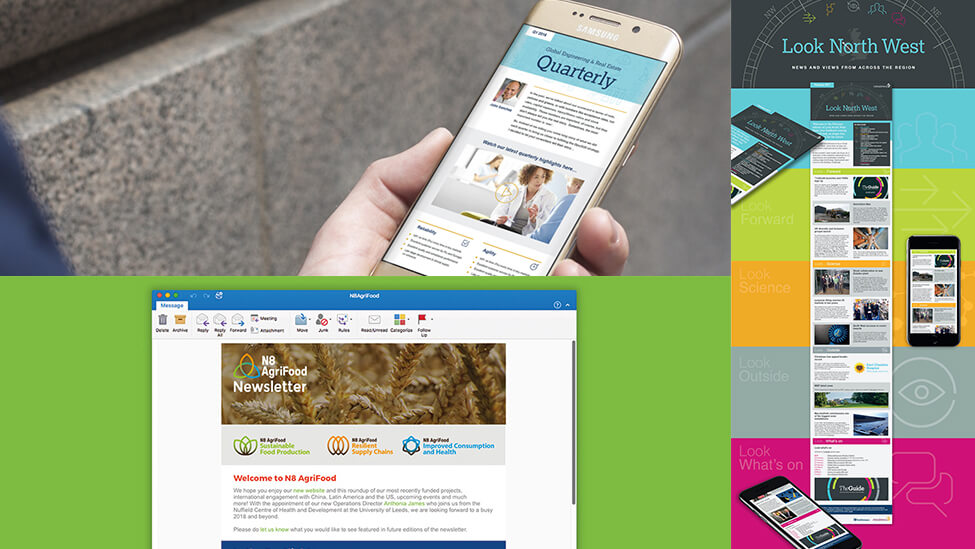
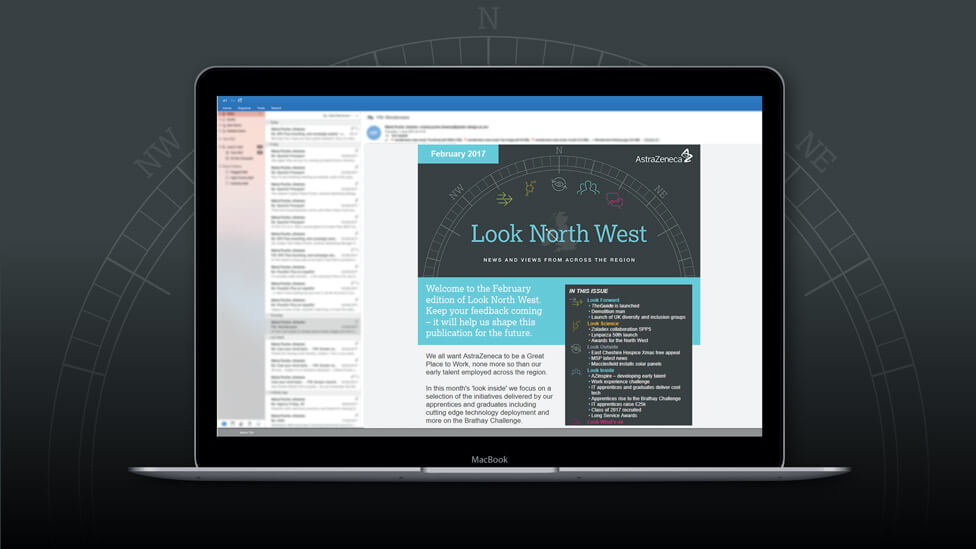
Best of both worlds
We’ve set out just a few benefits of both printed and digital newsletters, and even though you may have already established what your preferred approach would be, how about keeping audiences engaged, even surprised, by combining both formats?
They can easily complement each other: consider a monthly printed magazine and a weekly digital newsletter, or depending on your priorities, you could connect with audiences once every quarter with a printed magazine, and with a digital newsletter once a month. And whichever format or frequency you feel is best suited to what you’re trying to achieve, remember that both formats can be highly effective if content, design, and functionality / print specification are given careful thought at the start of the project.
Sources –
1Royal Mail, 2DMR
LET'S COLLABORATE
Feel free to give us a call to start a conversation, our doors are always open.